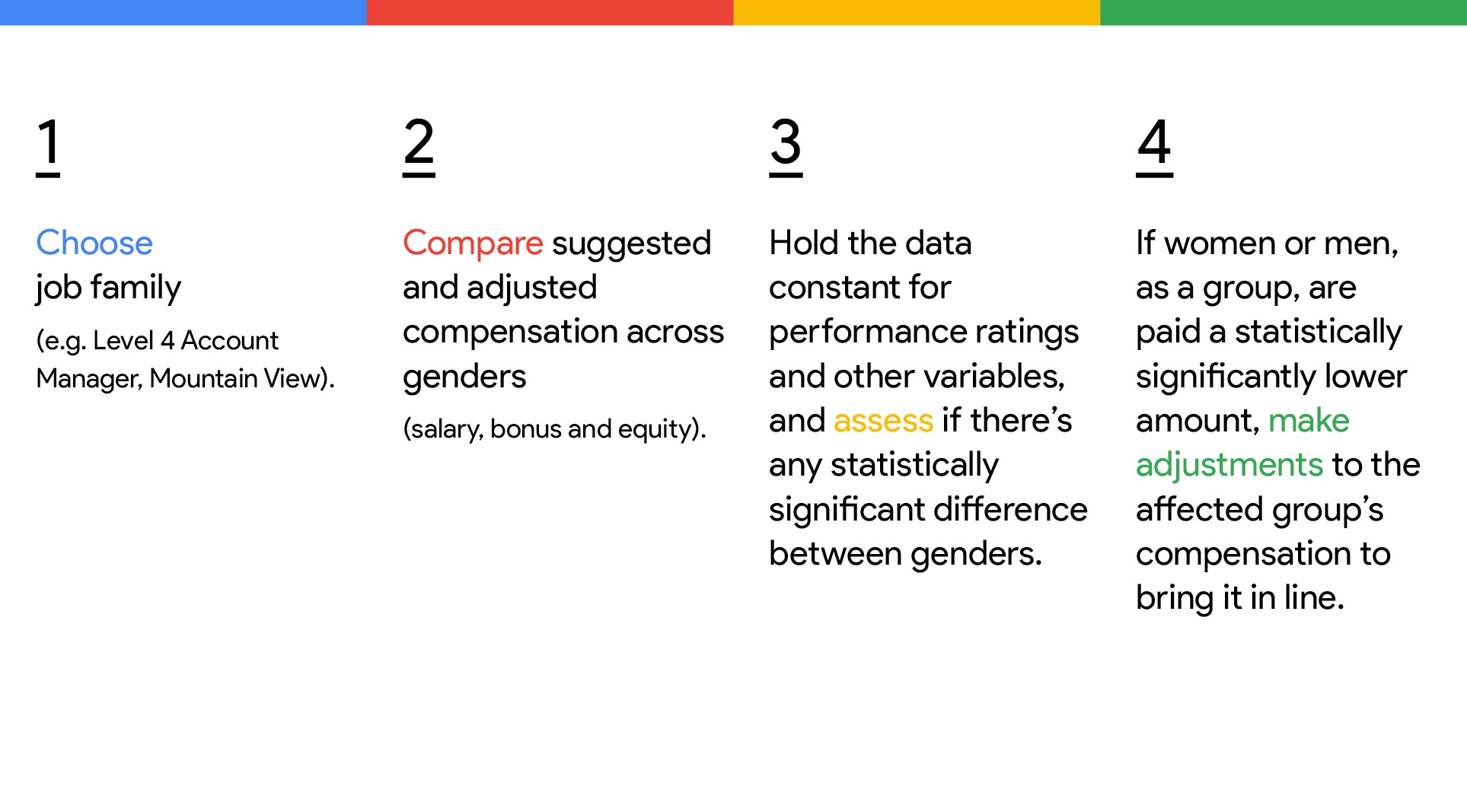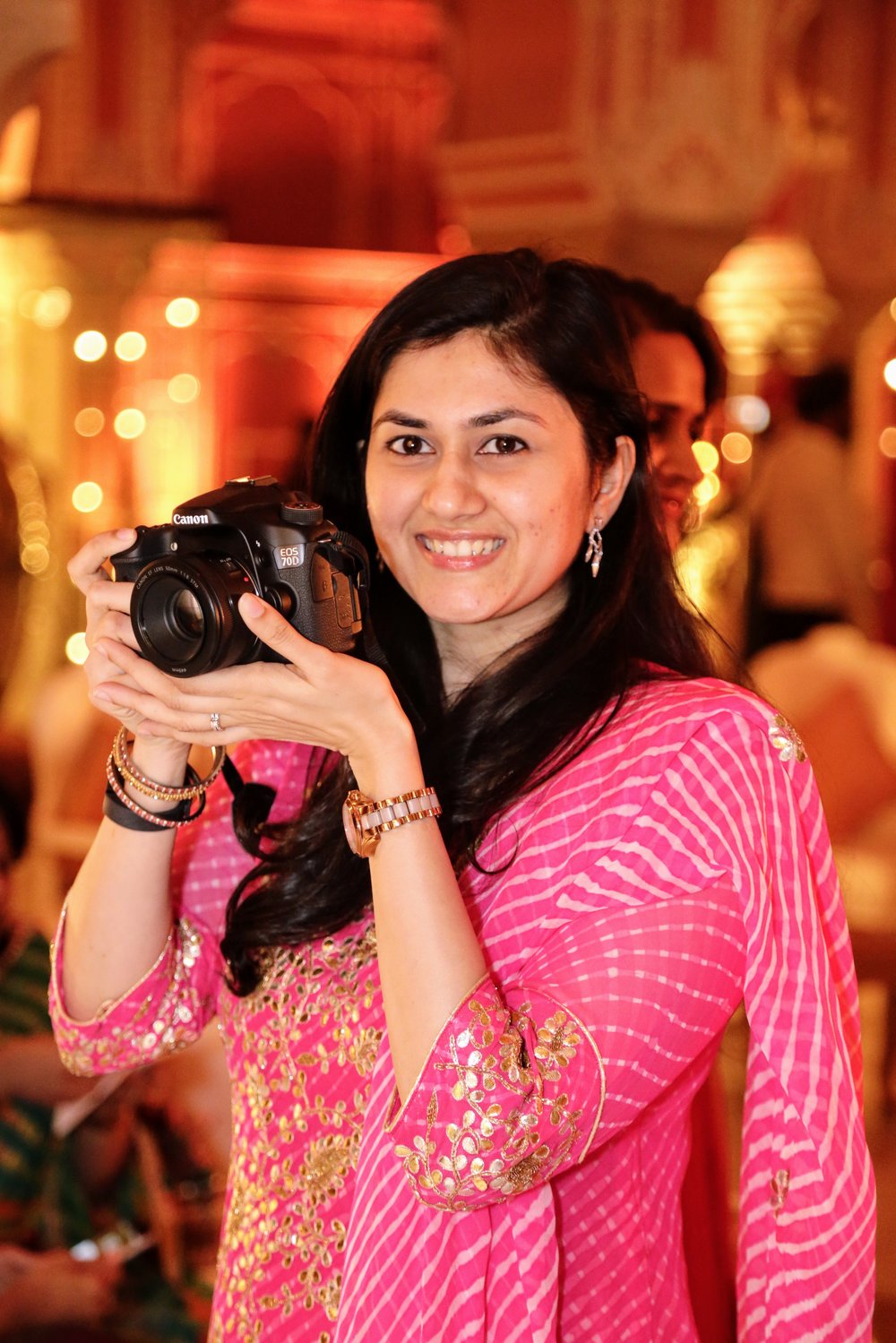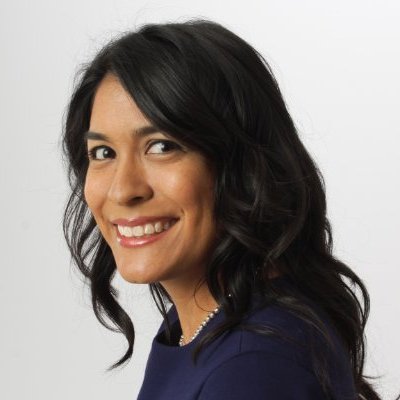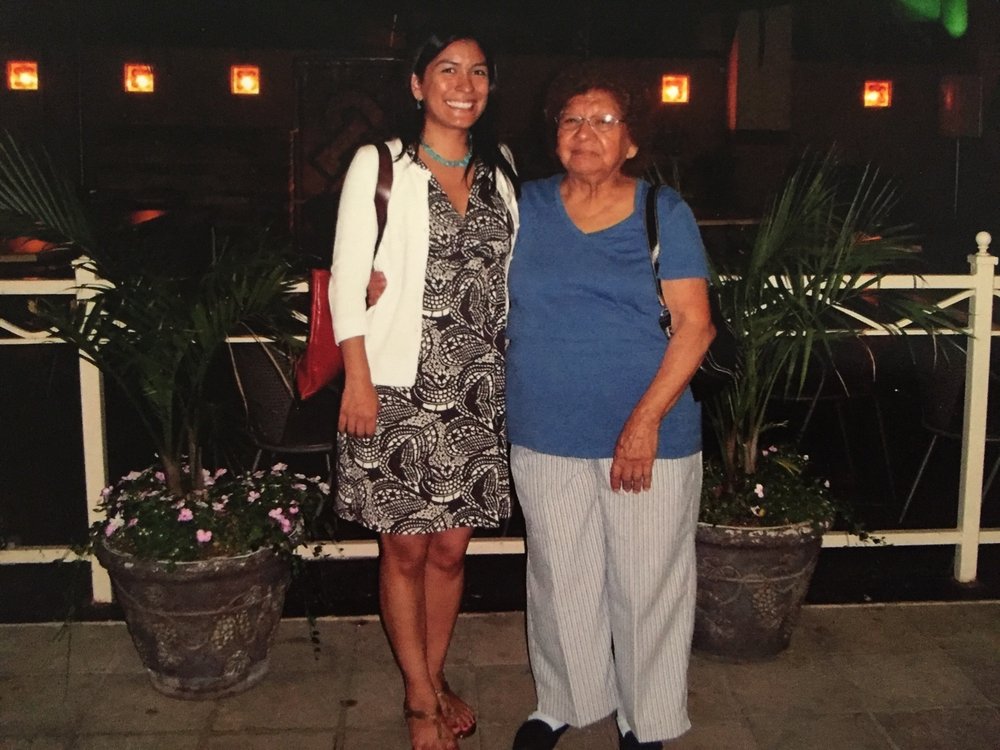In the heart of Istanbul, where I was born and raised, is the Hagia Sophia, a breathtakingly beautiful monument with a storied history. Over the centuries it has been a cathedral, a mosque, and a museum. When you stand inside, you see Arabic calligraphy alongside Christian relics. From afar you see its minarets surrounding a Byzantine church. While each visitor identifies in her own way with the Hagia Sophia, it gives everyone a sense of wonder.
For me, the month of Ramadan is similar. It’s a month when Muslims take time to reflect on their own paths of personal and spiritual growth. While this experience is unique to each individual, the act of giving back to one’s community is shared by Muslims the world over. In Turkey there is an expression: “We are created equally, but our lots in life are given differently.” During Ramadan, Muslims from all walks of life help those in their own communities who are less fortunate.
In this spirit, I want to share the story of Russell Khan, the co-founder of Honest Chops, an organic butcher shop in New York. Honest Chops, like countless other Muslim-owned businesses this Ramadan, is giving back to its community by donating 10,000 pounds of meat to local nonprofits. Particularly heartwarming for me is that Google’s free online business listing—which allowed Honest Chops to be found on Search and Maps—helped Russell grow his business and his impact.
I’m proud that Google played a role in helping Russell grow his business. Digital skills—social media, building a website or putting a business on the map—empower people to bring their ideas to life in and for their communities. That’s why Google provides digital skills training in countries around the world. In Europe, the Middle East and Africa, where I work, we’ve trained 5 million people in digital skills since 2014, and 40 percent of those participants are women. Think of how many people could benefit from a Russell in their community. You can learn more about getting your business online at g.co/GetYourBusinessOnline.
As the month of Ramadan comes to an end, I encourage us all to reflect on the meaning of community. The values of this holiday transcend all religions and cultures, and I hope they inspire you as much as they inspire me—and Russell.
Ramazan'ınız mübarek olsun. Happy Ramadan!




